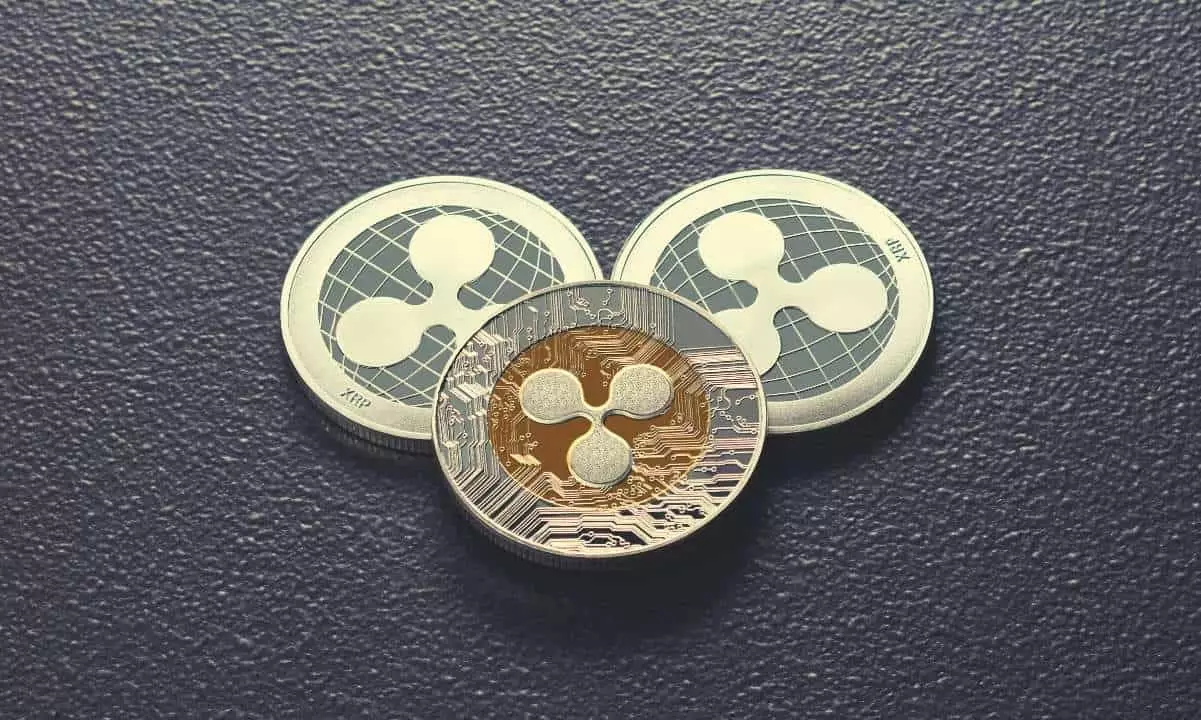The advent of futures contracts for cryptocurrencies symbolized a turning point for institutional investors, granting them access to an asset class previously shunned by traditional finance. The Chicago Mercantile Exchange (CME) has led this charge with its offerings, now including XRP, alongside Bitcoin (BTC) and Ethereum (ETH). However, the lackluster first-day trading volumes recorded by XRP futures reveal more than just investor sentiment; they illustrate the hurdles that this particular cryptocurrency faces in achieving mainstream acceptance.
The Disappointing Launch Numbers
On May 19, the CME rolled out XRP futures products, comprising a standard contract representing 50,000 tokens and a micro contract covering 2,500 XRP. With XRP’s starting price around $2.39, the overall trading volume barely made a mark, hitting little over $19 million on day one. In comparison, Bitcoin futures debuted in December 2017 with a staggering $100 million in trading volume from over 1,049 contracts. Even Ethereum managed a respectable $34 million upon its futures launch in early 2021. Such stark differences in volume indicate that XRP’s debut may have served more as a cautionary tale than a springboard for institutional entry.
Market Maturity: A Crucial Factor
One cannot ignore the aspect of market maturity, which plays an instrumental role in futures launch performance. Bitcoin’s foray into the futures arena came amidst fervent bullish activity and media hype, providing a fertile ground for investor enthusiasm. Ethereum enjoyed similar conditions, gaining traction from the decentralized finance (DeFi) boom. In stark contrast, XRP’s introduction comes at a time when the market is grappling for direction. The regulatory uncertainties surrounding XRP, primarily its longstanding battle with the SEC, inject a significant level of doubt in investors’ minds, thus stifling initial enthusiasm.
Regulatory Headwinds: An Ongoing Struggle
The specter of regulation looms large over XRP. Despite high hopes that the legal entanglements with the SEC would reach a resolution, recent developments indicate otherwise. A proposed settlement of $50 million was shot down by Judge Analisa Torres, who noted procedural errors, leaving XRP in a precarious situation. This level of uncertainty inevitably deters institutional players, who are often loath to engage with assets that may be deemed securities or face vanishing support due to litigation.
Contract Specifications and Market Competitiveness
Another dimension to consider is the nature of the contracts themselves. CME’s BTC and ETH contracts launched in relatively isolated environments devoid of significant competition. At the time, there were fewer crypto derivatives available, which streamlined trading toward the CME. In contrast, today’s marketplace is saturated with alternatives; platforms such as Binance and Coinbase offer established and often more favorable terms for futures trading. This enhanced competition dilutes XRP’s potential impact, making it a less attractive option for traders seeking value.
The XRP Cultural Dissonance
Moreover, the ethos surrounding XRP differs fundamentally from that of its more established counterparts. While Bitcoin is seen as digital gold and Ethereum as a versatile blockchain platform fostering innovation, XRP has struggled to define itself compellingly. It’s often viewed through a fintech lens aimed at facilitating bank transactions rather than as a cryptocurrency for the masses. This perception may inhibit broader adoption among retail investors and institutions alike.
Insufficient Liquidity: A Barrier to Entry
Finally, the question of liquidity surfaces. Institutional investors typically require a liquid market to enter and exit positions efficiently. The opening-day volumes for XRP futures suggest a waning interest, potentially alarming institutional players. Without robust liquidity, they will likely shy away, fearing they could face slippage or encounter an illiquid market when attempting to make substantial trades.
The launch of XRP futures at CME was meant to be a watershed moment for cryptocurrency integration into traditional finance. However, the underwhelming trading performance raises vital questions—about the cryptocurrency itself, market dynamics, and future institutional interest. The combination of regulatory challenges, market maturity, competitive pressures, and cultural perception means that until these issues are addressed, XRP may remain at the sidelines in the race for mainstream acceptance.















